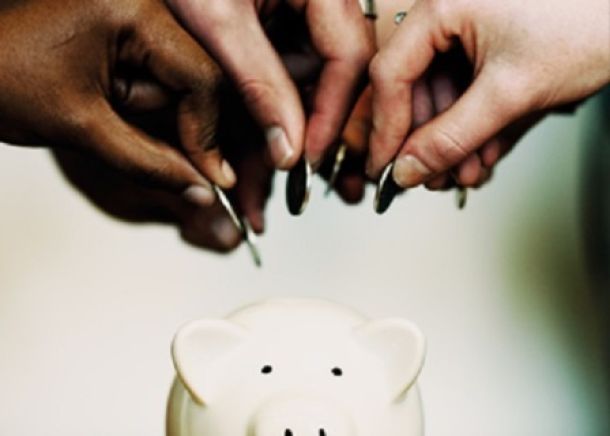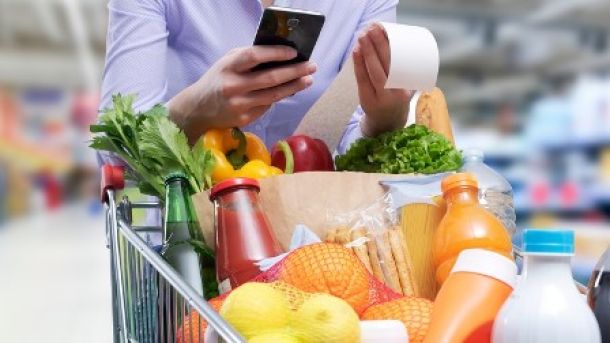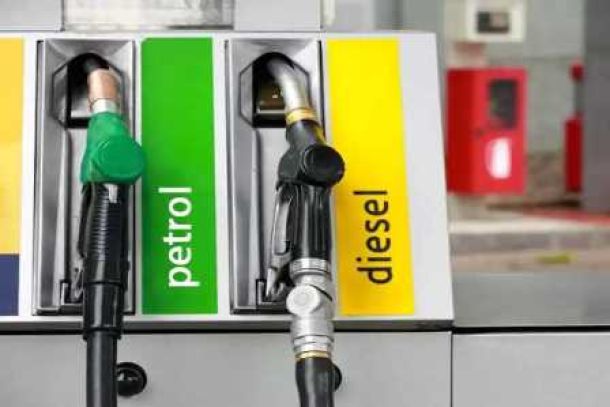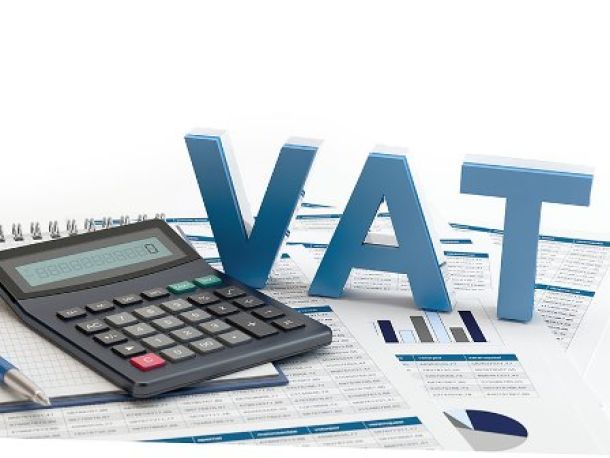South Africans are starting to spend again
Following months of uncertainty, businesses are already seeing signs of recovery as card swipes at merchants point of sale devices rebound to close to pre-pandemic levels.
Purchases recorded on FNB Speedpoint devices show that transactions recorded in August, when the country moved to level 2 of lockdown, recovered to 93.2% compared to February this year.
In the same month, merchant transactions recorded across six provinces were already above pre-pandemic levels, with Free State and Gauteng at 90%, followed by the Western Cape at 70%.
FNB said that signs of recovery were already apparent in July when the country was still on level 3 of lockdown, where activity had recovered to roughly 86% compared to pre-pandemic levels.
“Although merchant transaction volumes have improved, they are still lower compared to the prior year which shows that the strain on the economy continues,” said Gordon Little, FNB Business chief executive.
“However, any increase in activity is a positive sign for economic recovery and we hope to see this accelerating in the months ahead.”
Early indications are that volumes recorded on FNB Speedpoint devices across the country would have largely recovered by the end of September in anticipation of further easing of operating restrictions, Little said.
Thokozani Dlamini, FNB Merchant Services chief executive, said it is encouraging to see card swipes at merchants point of sale devices picking up, indicating that consumers are gradually returning to pre-lockdown levels of foot traffic at merchants.
“Since the inception of lockdown in March, transactional activity had mainly been dominated by e-commerce with consumers turning to online shopping for essential goods and services,” Dlamini said.
“Average e-commerce spend recorded on FNB Merchant devices grew 30% year-on-year during the first half of 2020 compared to 2019. During the same period, the active e-commerce merchant base had increased by 15%.
“We are now seeing a combination of online sales and brick and mortar store activity which bodes well for businesses as they try to recover lost income.”
Between March and July, spending was mainly driven by essential goods and services including, grocery stores, educational services, computing equipment, home office furnishing, gaming and entertainment.
In August, the bank saw demand also moving towards non-essential stores such as, clothing, home improvement, hardware and household goods stores.
“In support of the re-opening of the economy, our branches are also now operating at full capacity. We are encouraged by evidence of green shoots in consumer and business economic activity, and we hope to see this accelerating even further to boost economic recovery,” said Dlamini.
News Category
- International retailers
- On the move
- Awards and achievements
- Legislation
- Wine and liquor
- Africa
- Going green
- Supplier news
- Research tools
- Retailer trading results
- Supply chain
- Innovation and technology
- Economic factors
- Crime and security
- Store Openings
- Marketing and Promotions
- Social Responsibility
- Brand Press Office
Related Articles

Empowering South African households through gro...

SPAR shares practical tips to beat food inflation

South African motorists could be paying up to R...

Big VAT changes on the cards


